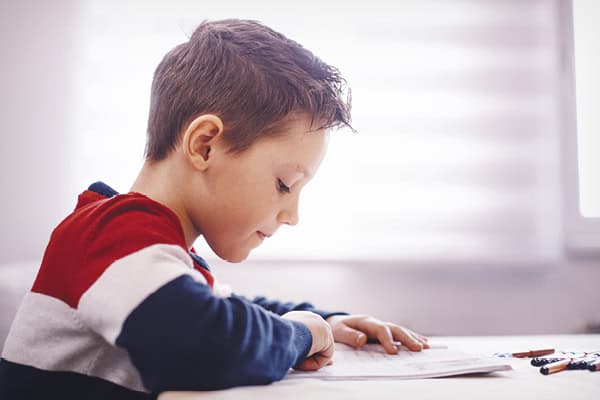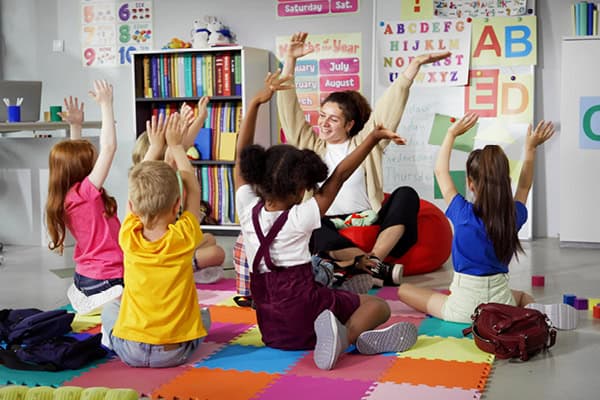ChatGPT has found a home in the Wichita district in Kansas, according to an article in Education Week. The district has integrated artificial intelligence technology into almost every aspect of daily life.
The 50,000-student district embraced the new technology soon after it was introduced last year. And the district has no plans on stopping.
Rob Dickson, chief information officer in the district, became familiar with the new chatbot at about the time it launched in 2022. Immediately, he presented it to the district leadership, and district leaders decided staff members across the district need to be trained as well as the leaders.
The first teachers to be trained were instructional coaches. “The main thing with teaching teachers about any technology is to introduce how it is going to help them save time in the classroom,” said Tia Jones, a technology instructional coach. “At the start some were very, very excited and some were a little bit hesitant.”
The entire educational staff was given access to ChatGPT and then participated in a district-wide summer “ChatGPT camp” to master the ins and outs of the chatbot and maximize its use in classrooms.
Only faculty and staff in Wichita Public Schools have access to ChatGPT. If a student is using AI in the classroom, they must be supervised.
Said one middle school teacher: “Sometimes with teachers we have these really cool ideas and dreams we want to accomplish. The logistics or the small details end up bogging us down. ChatGPT is a good way of getting unstuck. It makes things so much quicker, finding ways to use AI to help get feedback to kids, help lesson plans, even to help communicate with parents and make those things more streamlined.”
It was challenging to reduce stigma surrounding AI with many of the teachers on district campuses. Teachers are worried that kids aren’t going to be able to think for themselves. District administrators said grappling with the new technologies is essential to guide students in how to use it.
One example of using ChatGPT: the coordinator of digital literacy and citizenship wanted to use shadow puppetry as an introduction to a unit on Mesopotamia for 11-year-olds and asked ChatGPT for help describing ancient Mesopotamia and work done there.
The school system has figured out how to use ChatGPT to its advantage in almost every possible position in the district. One teacher drops emails and instructions into ChatGPT and asks it to rewrite for clarity, optimism, positivity, and to add emojis to provide context for students when English may not be their first language.
Another example: a teacher searching for research will go to ChatGPT and say, “Give me five articles based on critical reading processes that I can share with teachers.” Teachers do have to go into ChatGPT content and make sure research articles, for one example, are appropriate for the teachers’ goals. Many teachers use ChatGPT as a “good starting point,” as one said.
Some teachers copy and paste student work in ChatGPT and ask for feedback to improve their work.
It’s not necessarily grading the paper. I planned an entire semester of lessons using ChatGPT as a tool. AI is not going to replace us, but it can really help us save time,” said one teacher.






